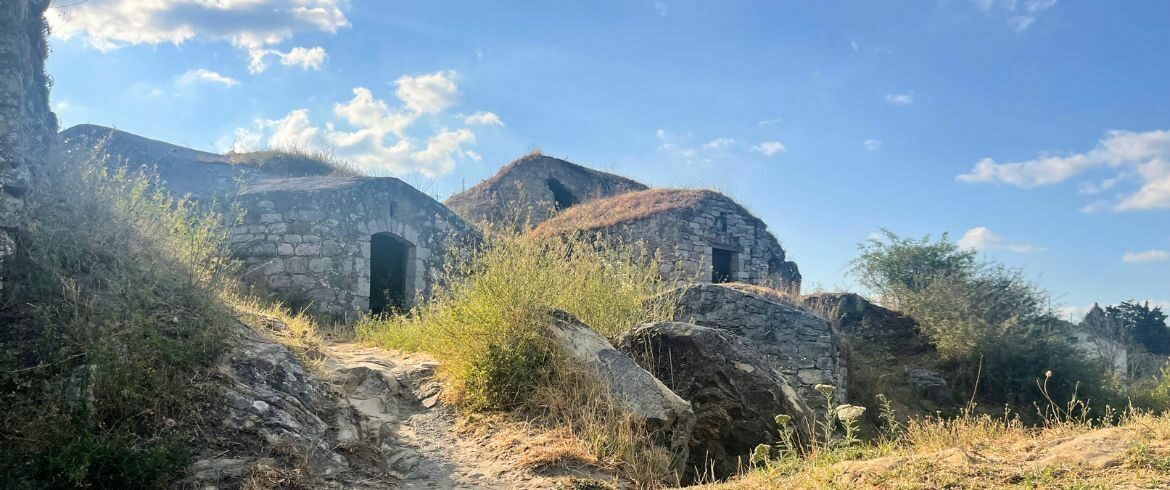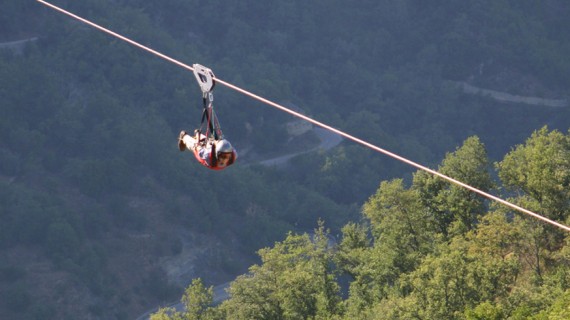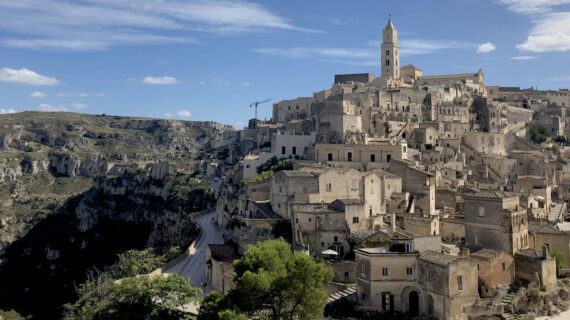From the millennia-old palmenti used for wine production to cellars carved into the tuff rock. In this town, you can find anything from the labyrinth of narrow streets in the historic centre to the fabulous food and wine experience. Certainly, Pietragalla‘s wine palmenti, offer an exciting journey through Basilicata’s rural tradition. Here are 4 reasons why you will fall in love with this authentic gem in the heart of Southern Italy.
1. The Ancient ‘Caves’ of Basilicata: Pietragalla’s Wine Palmenti
To begin with, the village captures the essence of Lucanian winemaking tradition through its ancient palmenti. The term Palmento refers to the ancient act of crushing grapes and also the cave itself. They used these fascinating structures, numbering over a hundred, for grape crushing and fermentation. Without a doubt they represent an important historical and cultural heritage of Basilicata.
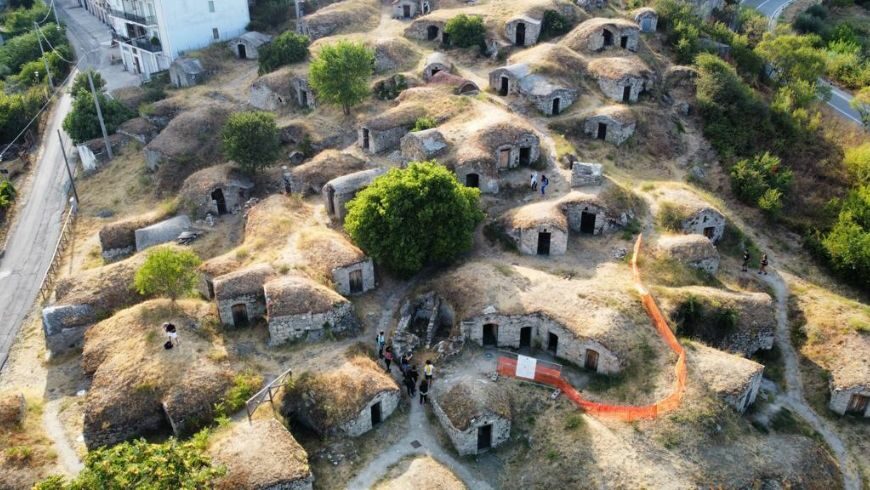
Strategically positioned in the southeast to help the fermentation of grape clusters. Pietragalla’s wine palmenti bear witness to the passion and importance of viticulture in the local community. Each family built its own palmento, excavating fermentation vats directly into the tuff rock, making each palmento a unique work of art.
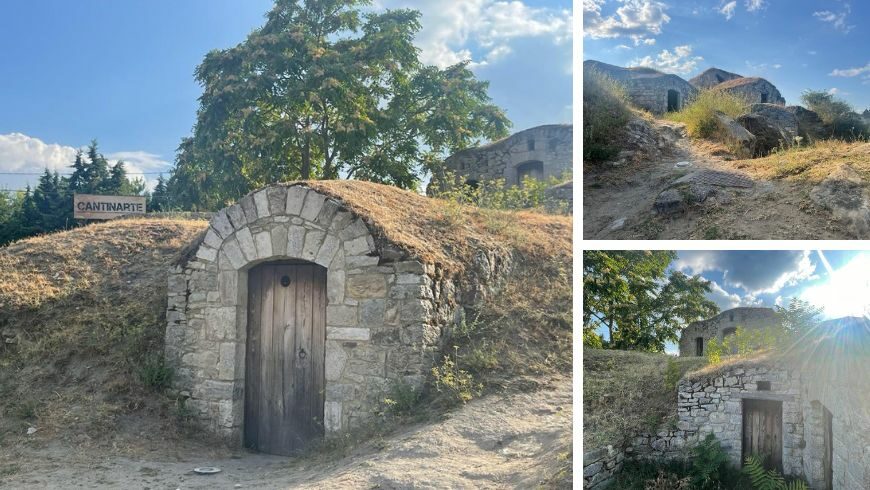
As we can see, today, the municipality is working to preserve this heritage by acquiring and restoring these historical gems. Out of the over one hundred still intact palmenti, sixty have been restored and are open to the public. We visited them with the expert guide Rocchina from Pietragalla Experience.
Each palmento consists of 3 tanks dedicated to crushing, fermentation, and drawing off. Stepping into one of these suggestive stone constructions, Rocchina points out the fermentation tank. It is entirely excavated and smoothed in the tuff, and then sealed with mortar. This tells stories of artisanal skill and ingenuity.
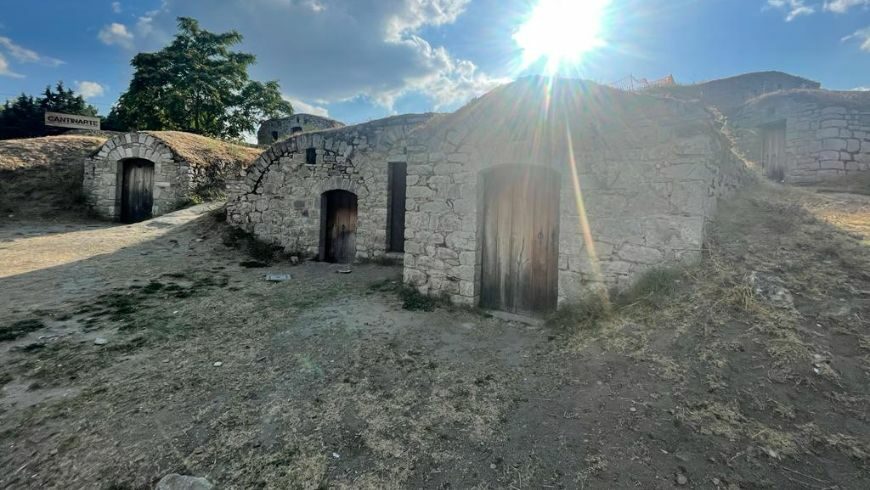
They poured the grapes harvested from the surrounding vineyards into the crushing tank to be stomped on by bare feet. The must flowed through an opening in the lower cistern, designed for fermentation, and then into the last tank, dedicated to drawing off. Once the process was complete, they transferred the wine to wooden barrels and transported to the underground cellars in the village, carved into the heart of the historic centre.
Only one palmento is still active in its original function. The palmento of Antonio Nolè, a thirty-three-year-old agricultural science graduate proud to produce his organic wine here, following his grandfather’s precious teachings.
The simple and evocative architecture of the palmenti surrounded by vineyards and nature is certainly the first reason to fall in love with Pietragalla!
2. A Village Carved in Tuff: A Journey into the Past
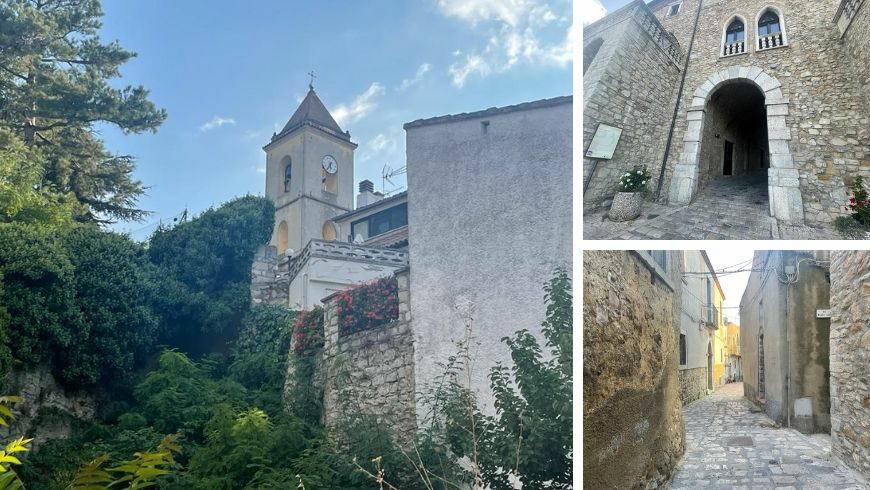
Moving on, another reason is its complex labyrinth of alleyways and arches in the historic centre. The castle, which is guarding the ancient and enchanting village, now known as the Ducal Palace, is a symbol of political power. The grand Church of San Teodosio is a protector against natural disasters, a religious emblem.
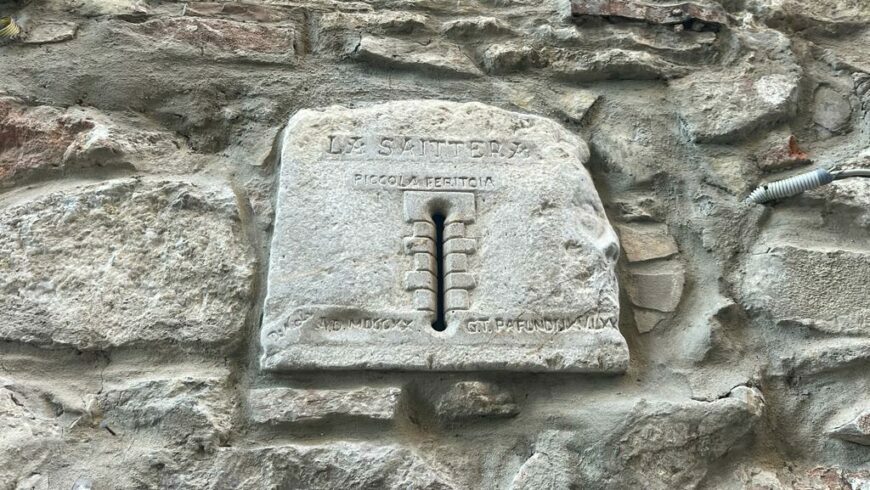
As a matter of fact, the streets and alleys develop concentrically around the main street, Via Roma. They envelope the central core in a tight defensive embrace. Thanks to the arrangement of buildings along three concentric circles, Pietragalla naturally becomes a fortified town.
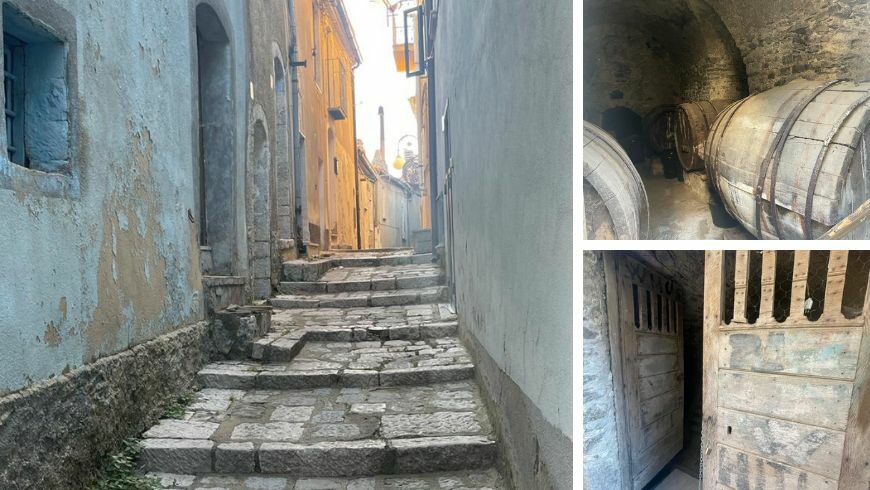
As you wander the streets of the town along Via Mancosa, named for its northern position and consequent shadow, you’ll discover numerous cellars or “rutte” (in Pietragalla’s local dialect).
These are authentic underground caves, accessed by internal stone staircases. They are dug into the tuff terrain at depths ranging from 4 to 5 meters. Due to being underground, these spaces are ideal for wine storage. They used large oak barrels, as they naturally maintain a constant temperature of 7°C.
This tuff-carved village is full of narrow and winding streets and houses that appear to emerge directly from the rock. They offer a unique experience that will take you back in time.
3. The City of Wine: An Extraordinary Food and Wine Experience
Pietragalla is known as the City of Wine, and it’s no wonder, considering its rich winemaking tradition. The ancient tuff-carved fermentation vats were the pulsating heart of this production. Thanks to them, passion and attention to detail came together to create high-quality wines.

Today, even though only one young winemaker uses a traditional palmento, the village maintains its connection to wine. In the autumn, during the wine festival, the tasting of local wines, enriched with the authentic flavors of Basilicata. It is an experience that we recommend especially for food and wine enthusiasts.
4. Journey into Rural Basilicata: The Museum of Peasant Civilization
Most of the agricultural tools farmers use for wine production are now held in the house museum. They dedicated this small but evocative exhibition to the peasant culture of Pietragalla. The local “proloco” created it, showcasing the furnishings of an ancient peasant house, clothing usual to that period, and everyday tools.
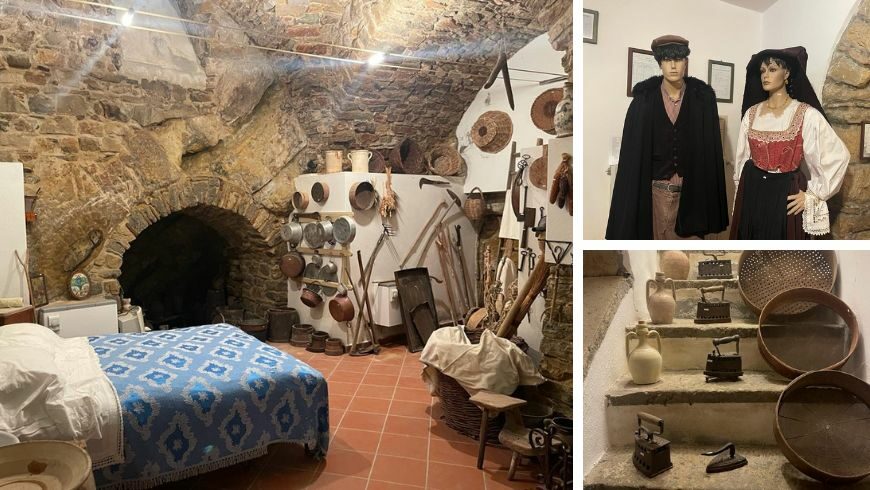
In summary, Pietragalla is a magical place, not only because of its winemaking history and fascinating structures carved into the tuff, but also because of the unique atmosphere. This small Lucanian village offers a journey through time and an unforgettable food and wine experience. Without doubt they will make you fall in love with its hidden treasures.
Check out this video of Pietragalla!
Original article written by Silvia Ombellini
